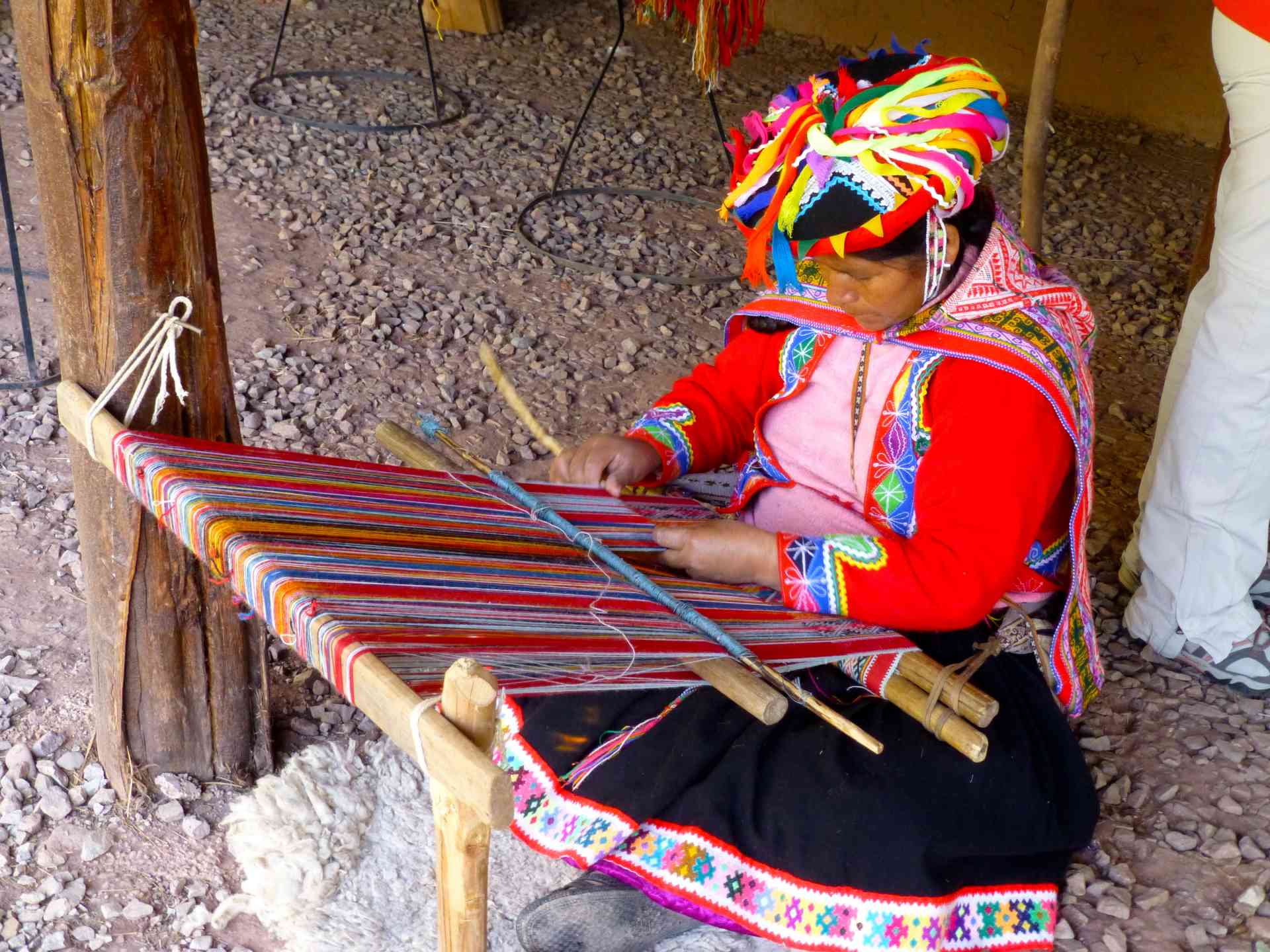Welcome to Facts Vibes! Today, we’re delving into the fascinating world of Namibia. From its diverse wildlife to otherworldly landscapes, Namibia is a treasure trove of interesting facts. Let’s uncover the unique wonders that this African gem has to offer.
Exploring Fascinating Facts about Namibia
Namibia is a country in southern Africa known for its diverse wildlife, stunning landscapes, and rich cultural heritage. One fascinating fact about Namibia is that it is home to the world’s oldest desert, the Namib Desert. This desert has been in existence for at least 55 million years, making it a truly remarkable natural wonder.
Another intriguing fact is that Namibia is one of the least densely populated countries in the world, with vast open spaces and stunning starry skies. The country’s population is diverse, comprising various ethnic groups and languages, adding to its cultural tapestry.
Moreover, Namibia is home to the Etosha National Park, one of the largest wildlife reserves in Africa. The park is renowned for its abundant wildlife, including elephants, lions, and rhinos, offering visitors a unique opportunity to observe these majestic creatures in their natural habitat.
Furthermore, Namibia boasts the second-largest canyon in the world, the Fish River Canyon, which is approximately 160 kilometers long and up to 27 kilometers wide, providing breathtaking views and excellent hiking opportunities.
Lastly, the country is also known for its rich artistic traditions, including intricate woodcarvings and colorful textiles created by local artisans, showcasing the vibrant cultural heritage of Namibia.
These are just a few of the many captivating aspects of Namibia that make it a truly remarkable destination worth exploring.
Most popular facts
Namibia is the second least densely populated country in the world, after Mongolia.
Namibia is the second least densely populated country in the world, after Mongolia.
The Namib Desert in Namibia is considered to be the oldest desert in the world.
Yes, the Namib Desert in Namibia is considered to be the oldest desert in the world.
Namibia is home to the largest population of free-roaming cheetahs in the world.
Namibia is home to the largest population of free-roaming cheetahs in the world.
The country gained independence from South Africa in 1990 and is known for its peaceful transition.
Namibia gained independence from South Africa in 1990 and is known for its peaceful transition.
The Skeleton Coast in Namibia is named for the numerous shipwrecks along its treacherous coastline.
The Skeleton Coast in Namibia is named for the numerous shipwrecks along its treacherous coastline.
Namibia’s Etosha National Park is home to a massive salt pan visible from space.
Yes, Namibia’s Etosha National Park is home to a massive salt pan visible from space.
The country has one of the highest dune ranges in the world, with some reaching up to 300 meters high.
The country has one of the highest dune ranges in the world, with some reaching up to 300 meters high.
Namibia is the first country in the world to incorporate environmental protection into its constitution.
Yes, Namibia is the first country in the world to incorporate environmental protection into its constitution.
The Himba people of Namibia are known for their distinctive red ochre hairstyles.
The Himba people of Namibia are known for their distinctive red ochre hairstyles.
Namibia is one of the few places where you can find desert-adapted elephants.
Yes, Namibia is one of the few places where you can find desert-adapted elephants.
The Fish River Canyon in Namibia is the second largest canyon in the world after the Grand Canyon.
True.
Namibia boasts a diverse range of ethnic groups and languages, including the Khoisan, Ovambo, Herero, and Damara people.
Namibia boasts a diverse range of ethnic groups and languages, including the Khoisan, Ovambo, Herero, and Damara people.
The country’s flag is one of the few in the world to feature a unique palette of colors, including blue, green, white, gold, and red.
The country’s flag features a unique palette of colors, including blue, green, white, gold, and red.
Namibia’s Tsumeb Mine is known for producing some of the world’s finest mineral specimens.
Yes, Namibia’s Tsumeb Mine is known for producing some of the world’s finest mineral specimens.
The town of Lüderitz in Namibia is famous for its German colonial architecture and historical significance.
The town of Lüderitz in Namibia is famous for its German colonial architecture and historical significance.
In conclusion, Namibia’s diverse landscapes, unique wildlife, and rich cultural heritage make it a truly fascinating destination for travelers seeking adventure and new experiences. From the world’s oldest desert to incredible wildlife conservation efforts, Namibia has much to offer. Whether exploring the dunes of Sossusvlei, tracking rhinos in Etosha National Park, or learning about the traditions of the Himba people, Namibia is a country that never ceases to amaze.
